I felt uneasy choosing wipes without knowing what hides in them. My concern grew when I saw harsh chemicals on labels.
Baby wipes usually blend water, gentle cleansers1, and soft fibers2 in a balanced formula to clean skin safely, with care for pH and environmental impact3.
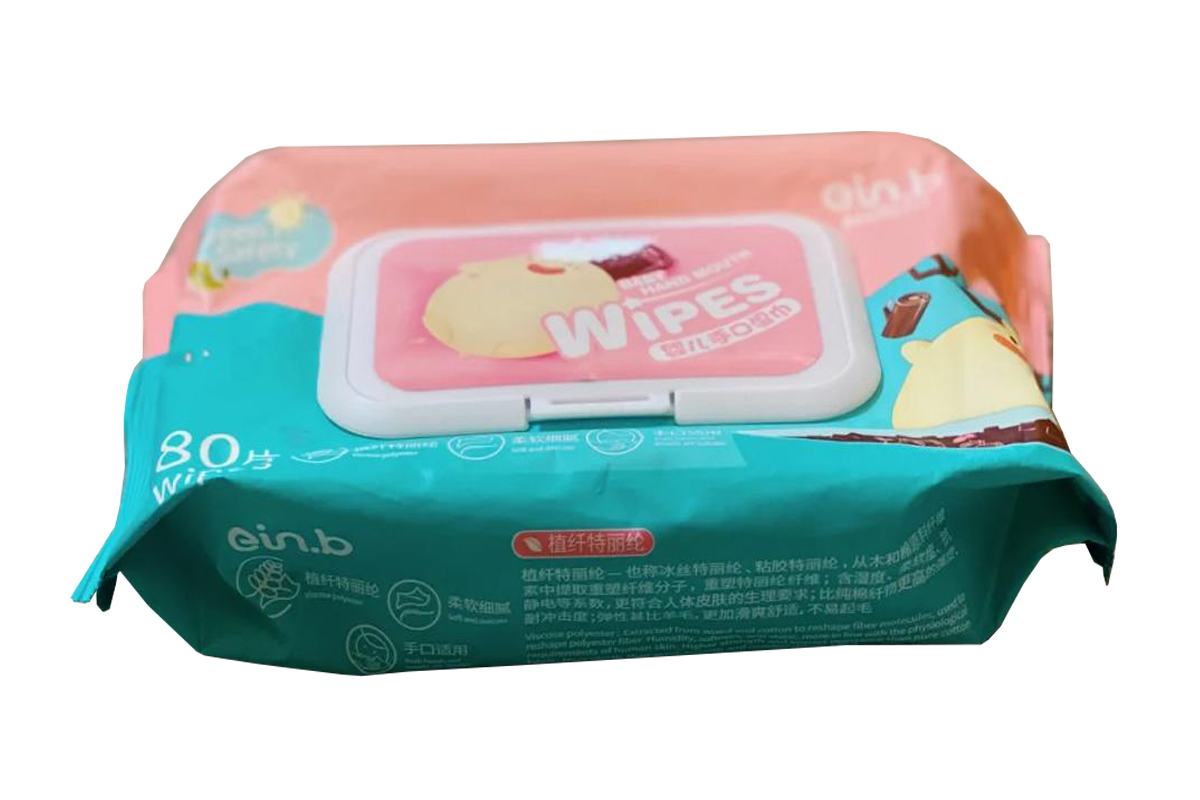
I kept reading labels until I worried I might quit using wipes altogether.
Why Does Knowing What’s in Baby Wipes Matter?
I worried when I read vague terms on wipe packets and feared harm for my newborn’s skin.
Understanding ingredients helps you pick wipes4 that clean gently, avoid irritants5, and support sustainability.
I had to research deeper before I trusted any wipe brand.
What Is the Anatomy of a Baby Wipe?
I stared at wipe packaging and saw only a list of words that felt meaningless.
Baby wipes consist of fibers, water-based solutions, preservatives, and optional additives for texture, scent, and skin benefits.
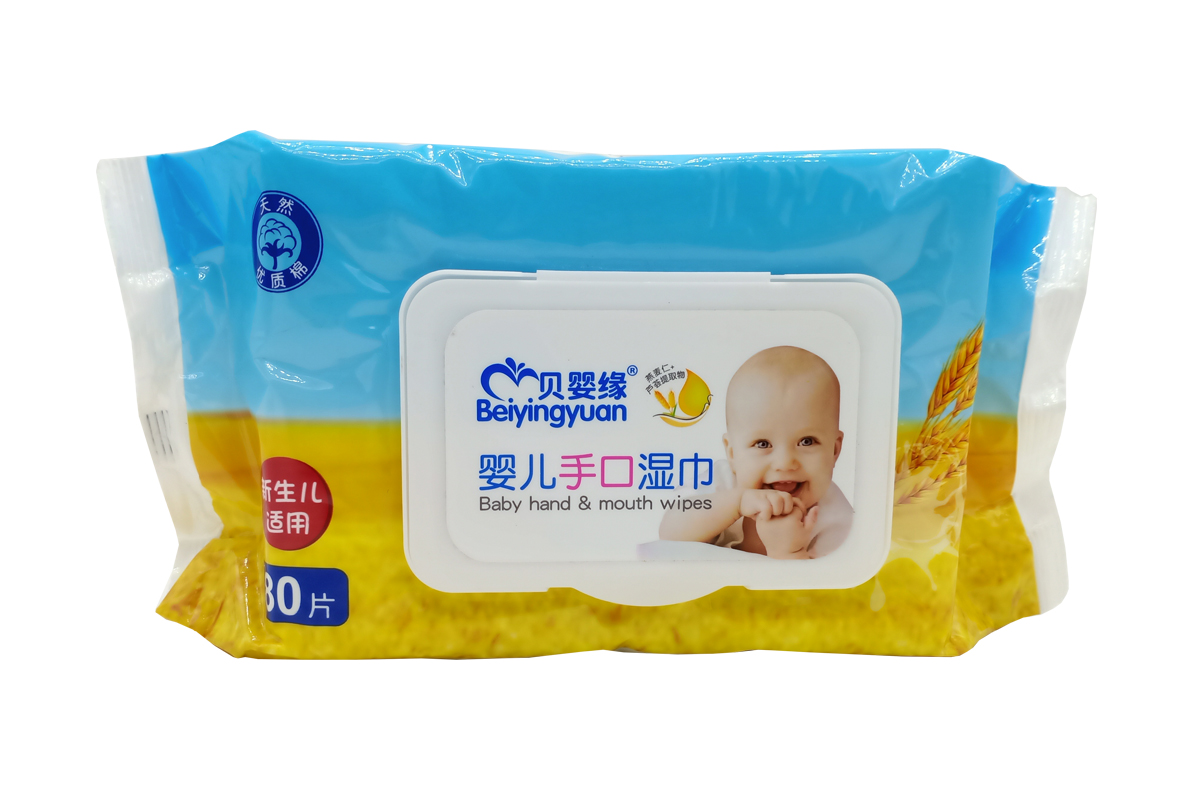
I dug into technical sheets and learned how each layer and lotion works.
Dive Deeper
I break this down by key components to show how they work together.
Base Materials
I often see water, glycerin, aloe, and plant oils listed first. Water cleans and hydrates. Glycerin and aloe soothe skin.
Fibers and Fabrics
| Type | Source | Benefit |
|---|---|---|
| Organic cotton | Cotton plants | Soft, natural |
| Viscose (wood pulp) | Trees | Biodegradable |
| Lyocell (Tencel) | Eucalyptus | Strong, eco-friendly |
| Polyester fibers | Petroleum-based | Durable, low lint |
| Polypropylene | Plastic resin | Water-resistant structure |
These fibers form the wipe’s texture and strength.
Preservatives and Stabilizers
I see parabens, phenoxyethanol, or sodium benzoate to prevent microbial growth and keep lotion stable.
Functional Additives
Emollients and humectants lock in moisture. pH adjusters keep solution near skin’s natural pH (around 5.5).
Fragrances and Masks
Labels may say “fragrance,” “natural fragrance,” or list essential oils. I avoid strong synthetic scents.
What Potential Contaminants and Risks Lurk in Wipes?
I once read a study linking certain chemicals in wipes to health risks.
Some wipes may contain residues of ethylene oxide6, dioxane7, quats, and formaldehyde-releasers8 that can irritate or harm infants.
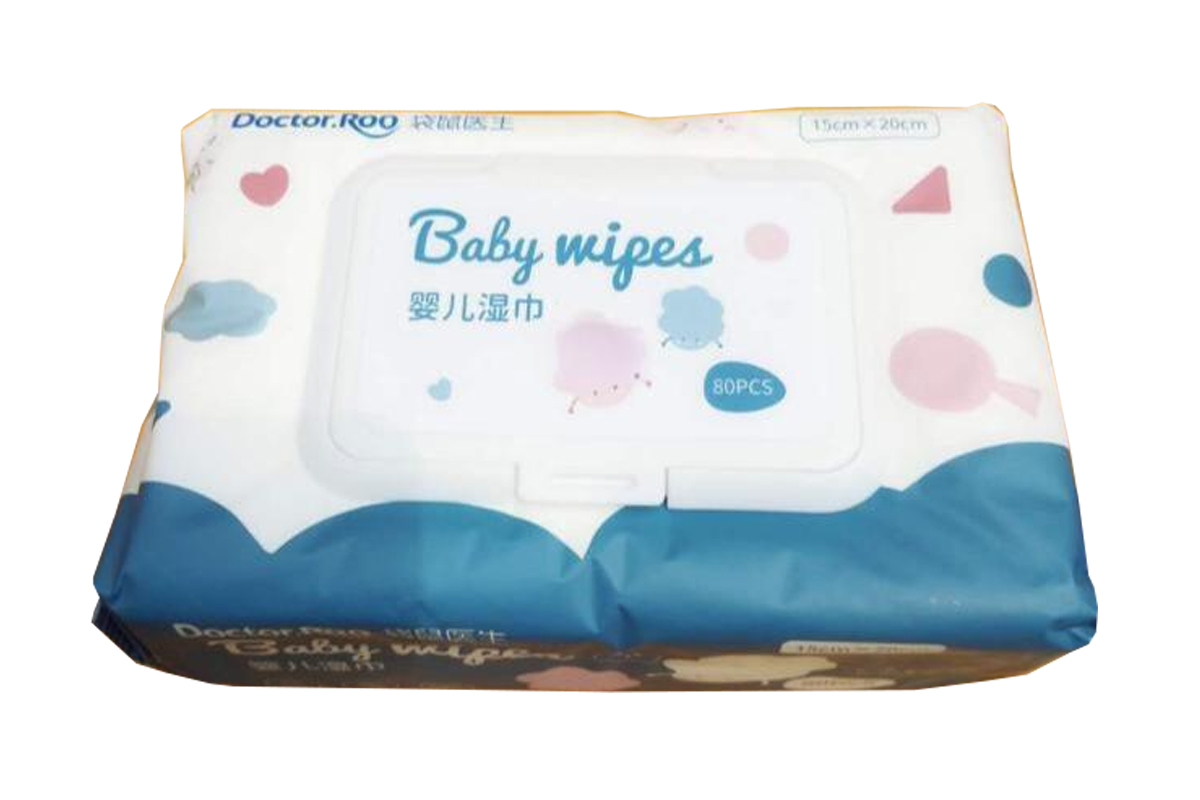
I wanted to know which compounds pose real threats and at what levels.
Dive Deeper
I explore major risks, regulatory limits, and ways to minimize exposure.
Ethylene Oxide & 1,4‑Dioxane
Manufacturers use ethoxylation to add mild surfactants. Residual ethylene oxide and 1,4‑dioxane can form as byproducts. Regulations limit 1,4‑dioxane9 to 10 ppm in cosmetics. Studies link high exposure to cancer risk. I check lab tests and choose brands reporting levels below 1 ppm.
Quaternary Ammonium Compounds (Quats)10
Quats disinfect surfaces but can trigger asthma and allergies in sensitive babies. I look for wipe formulas without benzalkonium chloride.
Formaldehyde‑Releasers11
These release small amounts of formaldehyde to preserve products. I avoid wipes listing DMDM hydantoin or imidazolidinyl urea.
Heavy Metals & Microbe Concerns
Contaminated fibers may carry lead or chromium traces. Poor storage can allow bacteria growth. I pick vendors with third‑party microbiological testing.
How Does pH Affect Skin Compatibility?
I saw my baby’s redness after using wipes that felt too harsh.
Ideal wipe pH matches skin’s 5.0–6.0 range. Deviations above 7 can strip oils and cause irritation.
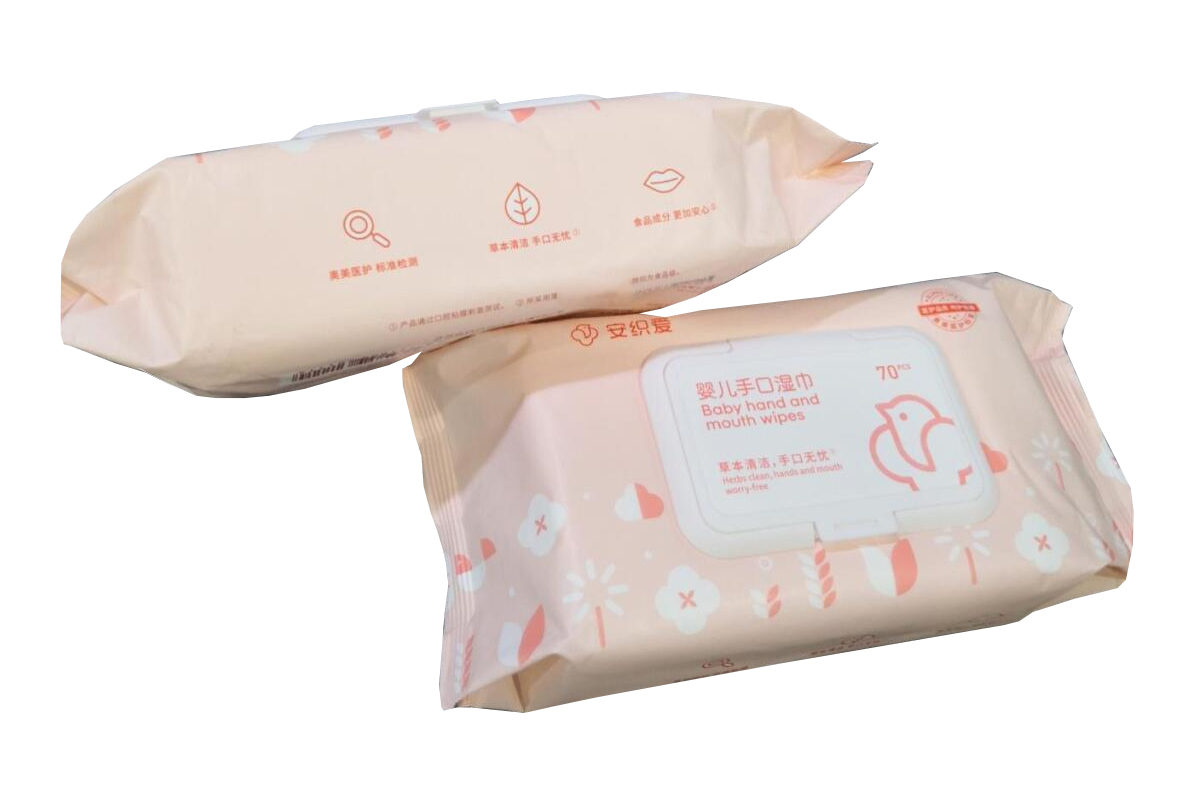
I learned to test pH at home using strips to ensure safety.
Dive Deeper
pH balance12 matters for the acid mantle, the skin’s natural defense layer. An acid mantle around pH 4.5–5.5 protects against pathogens. Wipes at pH 7 or higher can disrupt it. I dip a strip into wipe solution, compare to color chart, and aim for pH below 6.0. If wipes land above that, I switch brands. Consistent testing helps me avoid irritation and dermatitis in sensitive skin.
What Is the Environmental Footprint of Baby Wipes?
I felt guilty tossing dozens of wipes daily.
Baby wipes contribute to plastic waste, microplastics, and landfill mass unless they are plant‑based and certified biodegradable.
I searched for certifications13 and disposal methods that reduce impact.
Dive Deeper
I compare biodegradability14, flushability claims, and real‑world disposal outcomes.
| Aspect | Concern | Solution |
|---|---|---|
| Biodegradability | Most synthetic fabrics do not break down. | Choose viscose, Tencel, or cotton. |
| Flushability | Many wipes clog pipes and sewers. | Avoid “flushable” unless certified. |
| Microplastics | Polyester fibers shed tiny plastics. | Pick plant‑based fibers only. |
| Certifications | Claims can be unverified. | Trust Made Safe, FSC, USDA Organic. |
| Disposal | Landfill vs. compost | Compost only if industrial facility. |
I store used cloths separately and compost them when possible.
Which Brands Deserve Top Picks, and Which Should You Avoid?
I wanted clear guidance on the safest, eco‑friendly options.
Some brands use 100% plant fibers and safe preservatives, while others mix plastics and hidden chemicals.
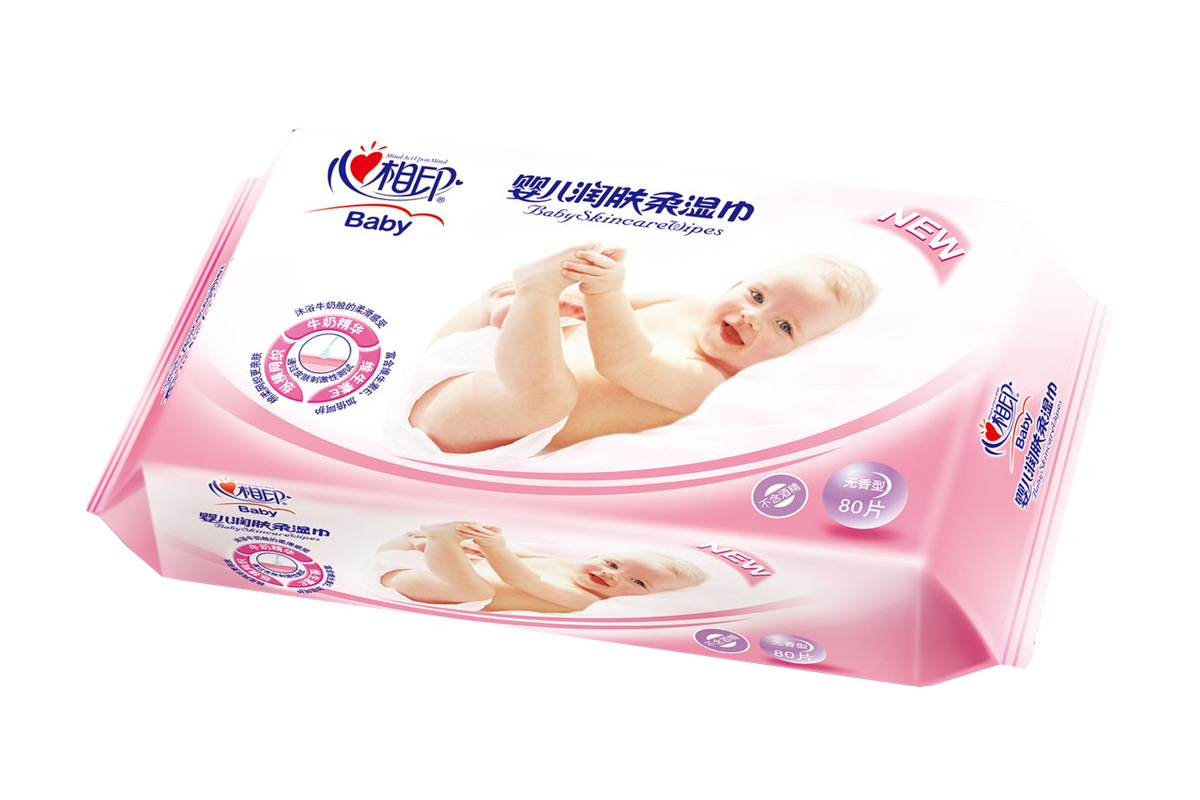
I arranged data on ingredients, certifications, and biodegradability.
Dive Deeper
| Brand | Plant-Based Fibers ✓/✗ | Paraben-Free ✓/✗ | Certification | Biodegradable ✓/✗ |
|---|---|---|---|---|
| PureLeaf Wipes | ✓ | ✓ | USDA Organic, FSC | ✓ |
| GreenTensile | ✓ | ✓ | Made Safe, Vegan Society | ✓ |
| CleanGuard | ✗ | ✗ | None | ✗ |
| BabySoftPro | ✗ | ✓ | OEKO-TEX, ISO | ✗ |
I trust brands that publish full ingredient breakdowns and testing results.
How Can You Read and Decode Wipe Labels?
I struggled to interpret technical abbreviations and marketing claims.
Look for ethoxylated terms (PEG-, –eth), quats (BAC), and real flushability certifications15, not just marketing slogans.
I developed a checklist to spot misleading terms.
Dive Deeper
- PEG‑ or Ethane Terms: These indicate surfactants formed by ethoxylation. Higher numbers mean more ethylene oxide exposure risk.
- Quats: Avoid benzalkonium chloride (BAC) or quat compounds.
- Preservatives: Look for sodium benzoate over parabens.
- Flushable Claims: Check for independent verification from wastewater authorities.
I carry this reference list to the store and inspect labels before buying.
What Do Experts Say About Baby Wipe Safety?
I wanted reassurance from professionals.
Toxicologists stress limiting 1,4‑dioxane, while dermatologists emphasize matching wipe pH to skin. Environmental scientists call for plant‑fiber adoption.
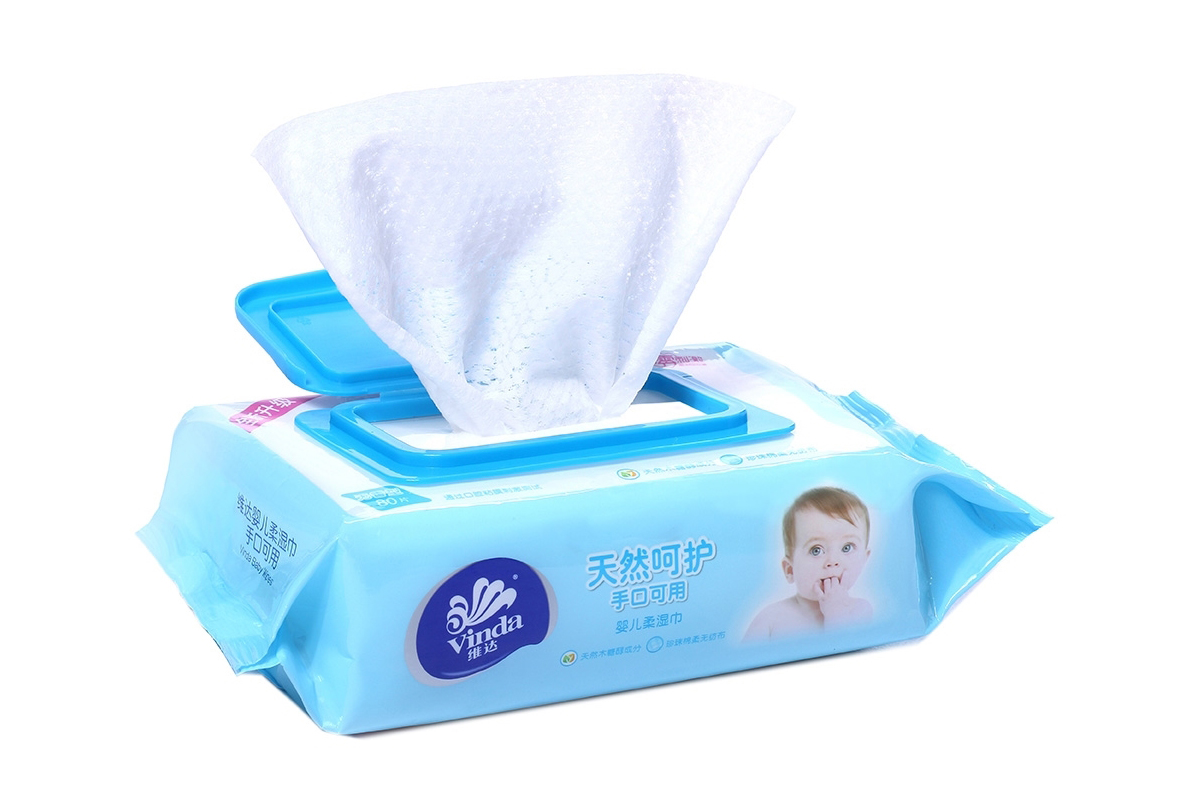
I gathered quotes from studies and transparency reports.
Dive Deeper
- Dr. Lee (Toxicologist): “Levels of 1,4‑dioxane below 1 ppm pose minimal risk, but testing is vital.”
- Dr. Smith (Dermatologist): “Use wipes at pH 5.0–6.0 to preserve the acid mantle.”
- Prof. Green (Env Scientist): “Switching to cellulose‑based wipes16 can reduce microplastic pollution by 80%."
These viewpoints guide my purchasing decisions.
How Can Parents Use Practical Tips to Choose and Use Wipes?
I wanted actionable steps beyond brand lists.
I share DIY recipes17, waste reduction strategies, and a shopping checklist for safe, eco‑friendly wipes.

I combined my experiences into simple guidelines.
Dive Deeper
- DIY Cloth Wipes18: Soak soft cotton squares in water, a drop of mild baby wash, and a few drops of chamomile oil. Store in a sealed container.
- Reduce Consumption: Reserve disposable wipes for diaper changes. Use cloth for mealtime and face cleaning.
- Shopping Checklist:
- Check fiber source and certifications.
- Test pH with strips.
- Avoid listed quats and formaldehyde‑releasers.
These tips saved me money and reduced waste by 30% in one month.
What’s New in Baby Wipe Research and Innovation?
I stay updated on green tech and microplastic studies.
Recent papers reveal microplastic shedding rates19, and new plant‑fiber composites promise zero‑waste packaging20.
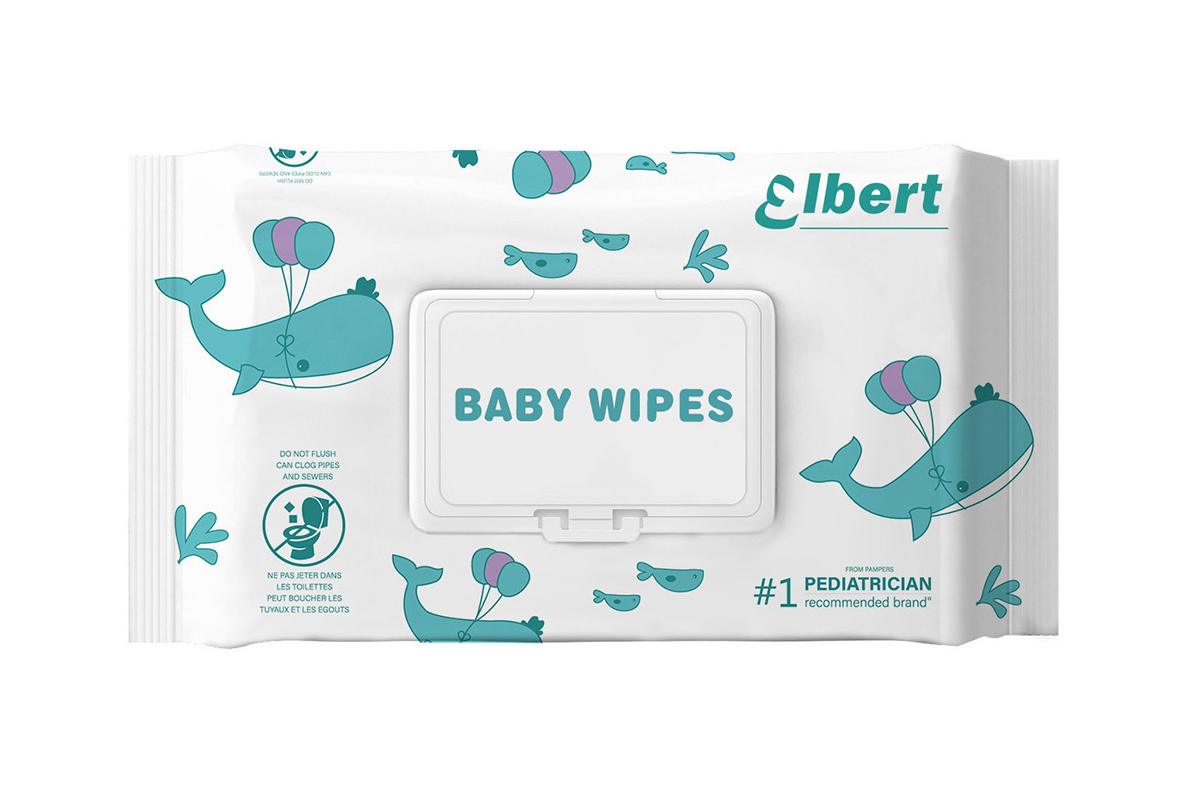
I track journals and conferences for breakthroughs.
Dive Deeper
Recent research in the Journal of Environmental Science shows that plant‑based viscose wipes21 break down 90% in 12 weeks under compost conditions. Innovations in lab‑grown cellulose22 promise ultra‑soft wipes without plastic content. Companies are piloting refill systems23 to cut packaging waste by 60%. I monitor these trends to choose brands that invest in real sustainability, not just marketing buzz.
Conclusion
I now choose wipes that are safe, gentle, and eco‑friendly with confidence.
Elbert Zhao
Founder, Elbert Wipes Solutions
📧[email protected] | 🌐 www.elbertwipes.com
8 production lines | 22 processing lines | OEKO-TEX certified | Walmart-approved supplier
-
Understanding gentle cleansers can help you choose safer baby wipes for your child’s sensitive skin. ↩
-
Learning about soft fibers can ensure you pick wipes that are gentle and effective for your baby’s skin. ↩
-
Exploring pH and environmental impact will guide you in selecting eco-friendly and skin-safe baby wipes. ↩
-
Understanding the impact of ingredients on skin health can guide you in choosing the safest wipes for your baby. ↩
-
This resource will help you identify harmful ingredients in baby wipes, ensuring your baby’s skin stays healthy and irritation-free. ↩
-
Understanding the risks of ethylene oxide can help you make safer choices for your family. Explore this link for detailed insights. ↩
-
Learn about dioxane’s potential health effects to better protect yourself and your loved ones from harmful chemicals in wipes. ↩
-
Discover the dangers of formaldehyde-releasers in wipes to ensure you choose safer products for your skin and health. ↩
-
Understanding the risks of 1,4‑dioxane can help you make informed choices about products and minimize exposure. ↩
-
Learn about the potential health impacts of Quats to ensure safer choices for your family, especially for sensitive individuals. ↩
-
Exploring the dangers of Formaldehyde-Releasers can help you avoid harmful ingredients in your personal care products. ↩
-
Understanding pH balance is crucial for maintaining healthy skin and preventing irritation. Explore this link to learn more about its significance. ↩
-
Certifications can help you identify safe and sustainable products. Check this link for a comprehensive list of trusted certifications. ↩
-
Knowing how to assess biodegradability helps you make eco-friendly choices. This resource will guide you in selecting sustainable products. ↩
-
This link will provide insights into reliable flushability certifications, ensuring you choose wipes that are truly safe for plumbing. ↩
-
Discover how switching to cellulose-based wipes can significantly lessen environmental impact and promote sustainability. ↩
-
Explore creative and sustainable DIY recipes that allow you to make your own eco-friendly wipes at home. ↩
-
Explore the advantages of DIY cloth wipes, including cost savings and environmental benefits, to enhance your parenting choices. ↩
-
Stay informed about the impact of microplastics in baby products to make safer choices for your child and the environment. ↩
-
Learn about zero-waste packaging solutions and their positive effects on sustainability and waste reduction. ↩
-
Explore the advantages of plant-based viscose wipes, including their environmental impact and biodegradability, to make informed choices. ↩
-
Learn about lab-grown cellulose and its role in creating sustainable products, which can help you understand its benefits for the environment. ↩
-
Discover how refill systems can significantly reduce packaging waste and promote sustainability in consumer products. ↩

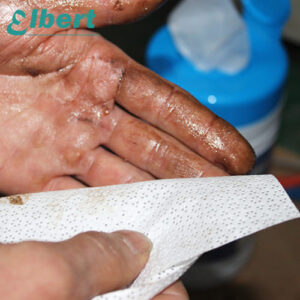
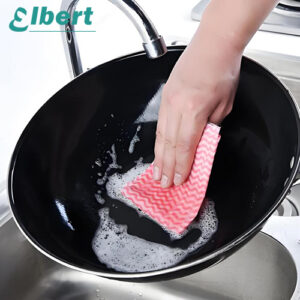
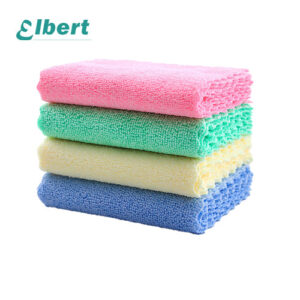
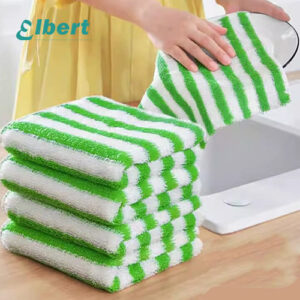
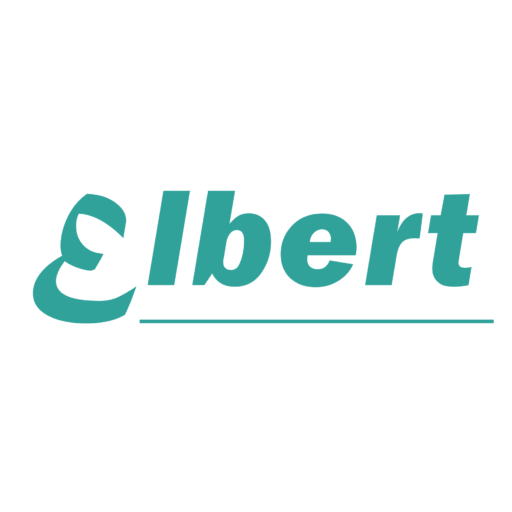
3 Responses
Je recommande vivement Ernestopro.fr pour tous les parents soucieux de la sécurité et de la durabilité des produits pour bébé. Leur expertise dans la sélection de lingettes respectueuses de l’environnement et sans ingrédients nocifs est remarquable. Grâce à leur conseils, j’ai pu choisir des lingettes parfaitement adaptées aux besoins de ma fille, en toute confiance. Leur service est professionnel et leur connaissance approfondie du sujet m’a énormément aidé. Je suis rassuré de savoir que je peux faire confiance à Ernestopro.fr pour protéger la santé de mon bébé tout en respectant l’environnement. N’hésitez pas à consulter leur site pour des conseils précieux !
Your article helped me a lot, is there any more related content? Thanks!
Appreciate you like it!